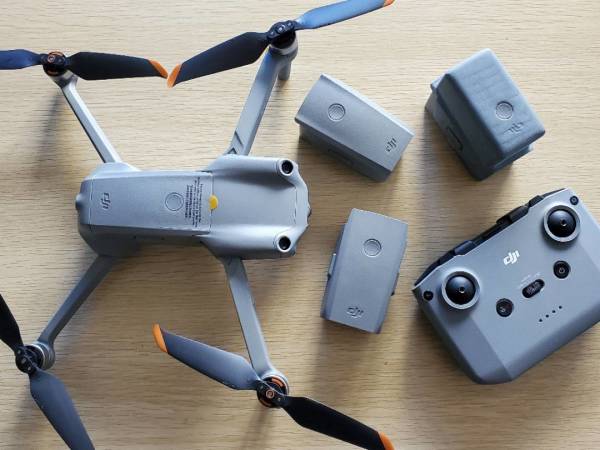The world of drones with thermal imaging cameras is expanding rapidly, offering remarkable capabilities for various industries. These advanced devices combine standard aerial imaging with infrared technology, allowing users to see beyond the visible spectrum. The integration of thermal cameras into drones has revolutionized fields such as agriculture, search and rescue, law enforcement, and infrastructure inspection. This article will delve deep into the intricacies and benefits of drones equipped with thermal imaging cameras and explore some of the top models available today.
Understanding Thermal Imaging in Drones
Thermal imaging involves capturing infrared radiation to create images based on temperature differences. Unlike normal cameras that rely on light, thermal cameras detect heat emitted by objects, making them indispensable tools in scenarios where visibility is compromised, such as at night or through smoke. This technology is integral to drones, enabling operators to gather critical data in real-time and transform it into actionable insights.
Applications and Advantages
- Agriculture: Drones with thermal cameras can monitor crop health, detect irrigation issues, and assess soil conditions. Farmers can make informed decisions about watering patterns and pesticide applications, potentially increasing yield and reducing costs.
- Search and Rescue: These drones are essential in locating individuals in disaster scenarios. The thermal imaging capability allows for quick identification of heat signatures from human bodies, even under challenging environments.
- Security and Law Enforcement: Personnel can use thermal imaging drones to conduct surveillance, locate suspects in hiding, or detect illegal activities and contraband.
- Infrastructure Inspection: Drones are invaluable for inspecting electrical installations, pipelines, and buildings. Identifying hotspots or leaks that could signal potential failures helps in preventive maintenance and ensuring safety.
Top Drones with Thermal Imaging Cameras
The market offers a variety of models, each designed to meet specific needs. Among the leading contenders:
- DJI Mavic 2 Enterprise Dual: Known for its compact design and powerful features, this drone combines a high-resolution camera with an advanced thermal sensor, making it ideal for search and rescue missions.
- FLIR Vue Pro: This camera is a favorite in the thermal imaging drone industry, easily mountable on multiple platforms and offering superb quality infra-red imaging indispensable for detailed inspections.
- DJI Matrice 300 RTK: Designed with public safety and industrial inspections in mind, this drone boasts a range of up to 15 km and AI capabilities allowing comprehensive environmental assessments.

How to Choose the Right Drone
Selecting the ideal drone depends on your specific use case: Ensure compatibility with your existing systems if you’re integrating into business operations. Consider the drone’s flight time, range, payload capacity, and camera resolution. Additionally, evaluate software capabilities that allow thermal data interpretation and integration with other mapping and analytics tools.
Frequently Asked Questions (FAQ)
Q: Can thermal imaging drones be used during daylight?
A: Yes, they can be used in various lighting conditions as they detect heat rather than relying on light.
Q: How far can thermal imaging drones detect objects?
A: Detection range varies per model, but advanced drones can identify heat signatures from hundreds of meters away.
Q: Are there legal restrictions on using thermal imaging drones?
A: Depending on the country, there might be regulations regarding privacy and security, always ensure compliance with local drone laws before deployment.